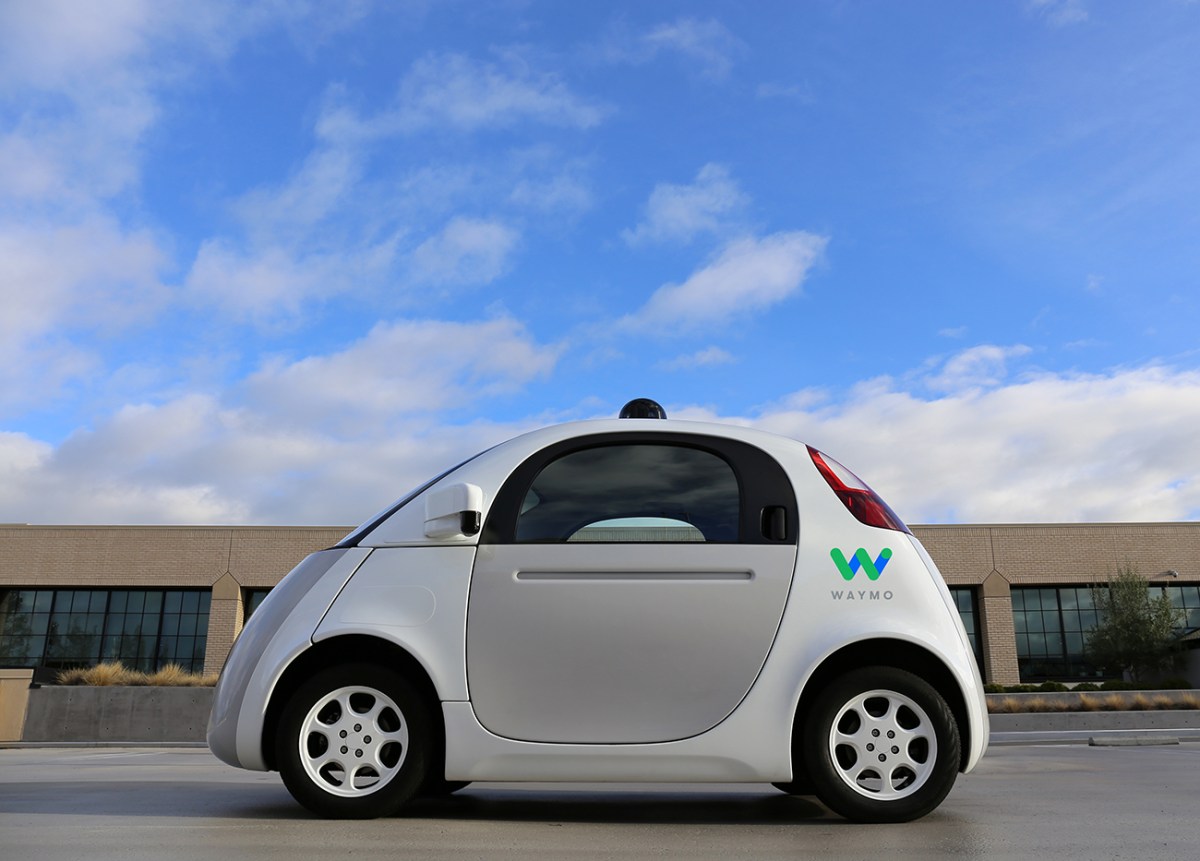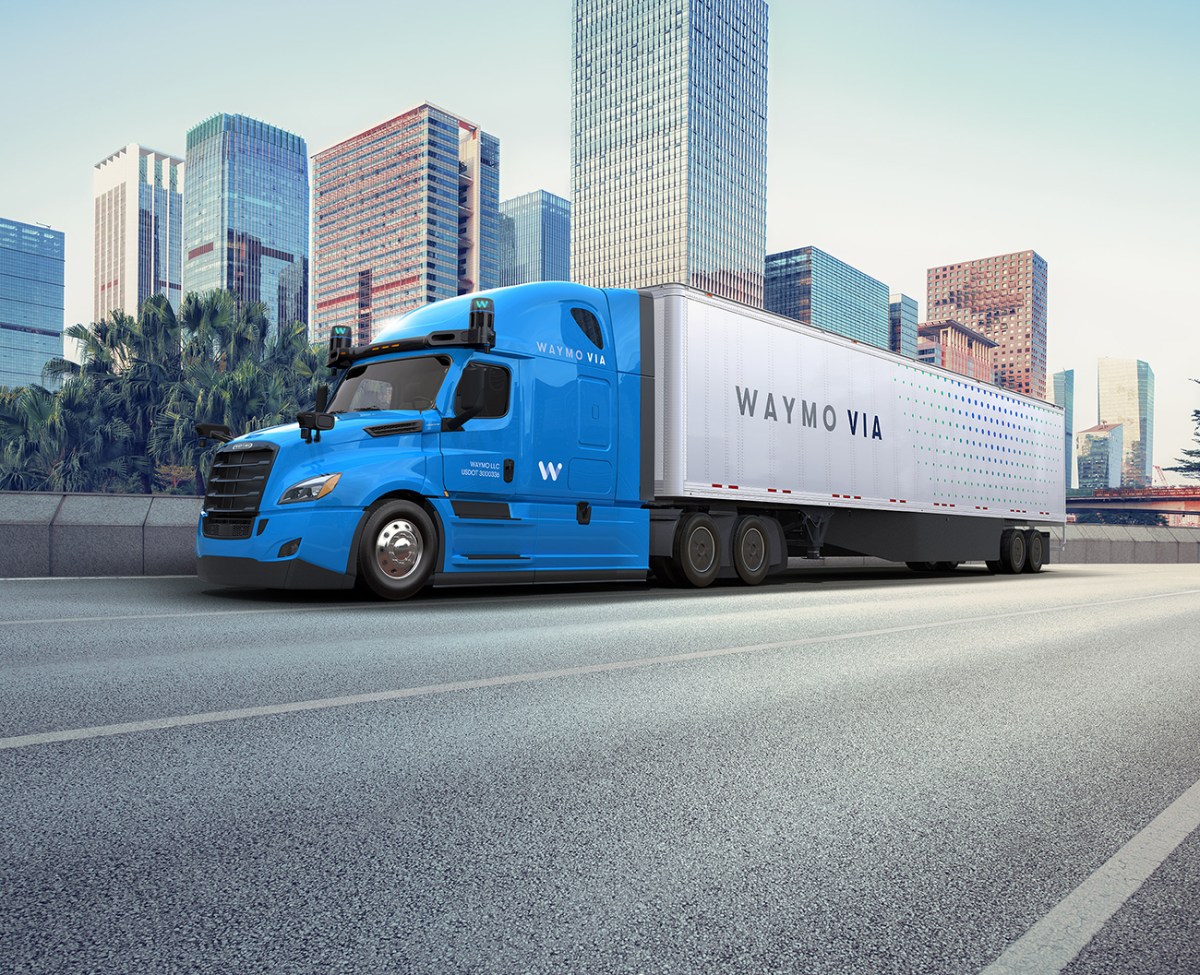
Waymo Testing Autonomous Driving In San Francisco
One of the main benefits of electric cars is that their technology has made autonomous vehicles more common. Many people are already familiar with Tesla’s autopilot technology. Though autopilot is not technically 100% self-driving, its functions are based on autonomous vehicle technology.
The applications of autonomous vehicles go much further than merely taking over for a human driver when they want to multitask on their morning commute. Several technology firms are looking to combine autonomous vehicles with ride-sharing and ride-hailing services. One of the biggest autonomous driving firms, Waymo, just made a massive step in that direction.
What is Waymo?

Waymo started in 2009 and was simply known as the “self-driving car project” under the “Google X” lab. Engineers at Google equipped a Toyota Prius with a Lidar array and created algorithms to enable the car to “learn” how to drive without input from a human. Eventually, their project managed to make ten uninterrupted 100-mile trips.
The project expanded to building their own vehicle from scratch, which provided the first fully autonomous ride on public roads in 2015. The car was codenamed “Firefly” (seen above) and had no steering wheel or pedals. The complete suite of technology and software that allows Waymo’s autonomous driving is called “Waymo Driver.” In 2017 the company went independent from Google but remained a subsidiary of Alphabet, which is Google’s parent company.

Beyond autonomous ride-hailing in cities and other public roads, Waymo is also trying its hand at using the Waymo Driver technology for commercial applications and specifically creating autonomous semi-trucks. If they can make it work, Waymo could theoretically develop trucks that can make deliveries 24/7 without worrying about fatigue and other elements that come with human drivers. We suspect the prospect of not having to pay drivers is a motivator for the semi-truck program as well. Though, we do not expect Waymo to admit that publicly.
Waymo granted public autonomous vehicle test in San Francisco
On August 23rd, 2021, Waymo announced that they would begin a “Trusted Tester” program in San Francisco, California. The company described Trusted Tester as a “research-focused” program. Which likely means participants in the program will be using Waymo’s autonomous service for free while the company uses the rides to gather data that will improve the driving ability of their fleet.
Previously, only Waymo employees have been able to use the service in San Francisco, but this program opens things up to public residents.
The Trusted Tester program will use a fleet of Jaguar I-Pace electric SUVs that have been retrofitted with the fifth-generation of Waymo Driver Lidar technology. According to a report from The Economic Times, the test vehicles in San Francisco will have a human operator in the driver’s seat, ready to take control in case of an emergency. The outlet also reported that while anyone can sign up for rides in the Waymo app, the company is “hand-picking” who they choose to pick up.
So, if you are in desperate need of a ride, we would not recommend depending on Waymo since this is a selective test phase.
If this test is successful, it would be realistic to expect Waymo to expand to other large cities such as Los Angeles, Chicago, and New York City. However, Waymo has not officially announced future test plans at this time.


